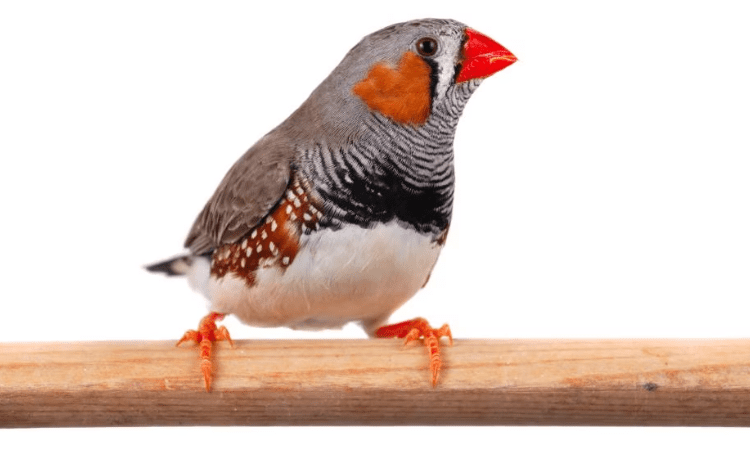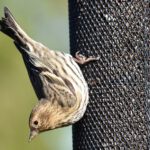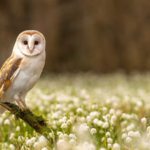As an avid finch breeder and enthusiast for over 7 years, I’ve discovered these lively little birds make wonderful pets. Finches come in a dazzling array of colors and varieties, each with a charming personality. They bring vibrance and melody into your home with their cheerful chirping songs.
In this article, I’ll share what I’ve learned from my extensive experience with proper finch care to help you succeed in keeping healthy, happy finches.
Getting Started: Choosing the Best Finch Breeds for Beginners
If you’re new to finch care, I recommend starting with hardy breeds that adapt well to captivity like zebra finches, society finches, or diamond firetails. I began my finch journey with zebras and still keep this easy-going variety today.
Zebra Finches come in standard gray or beautiful mutations like white, fawn, and pied. Their distinctive red beak and black and white barred “zebra” markings make them visually striking. Zebras are very active and social. Watching their antics is endlessly entertaining! Finches as Pets provides more details about zebra finches and their care.
Society Finches have delightful, peach-colored plumage. Like zebras, they’re highly social and mix well with other finch varieties when kept in aviaries. Birds Online offers additional information on society finches.
Diamond Firetails is an Australian native. Their silver bodies contrast elegantly with red eyes, beaks, and rumps. These finches have a gentle temperament and gorgeous lilting songs. Australian National Wildlife Collection provides insights into Australian finch species, including diamond firetails.
Creating the Perfect Finch Habitat
Finches need roomy cages to accommodate their active lifestyle. I house my breeding pairs in 2 to 3-foot cages to allow them space to nest comfortably. For non-breeding groups, I recommend at least an 18-inch wide cage. Bird Cages has a variety of cages suited for finches.
Position your finch cage in a bright, draft-free spot. Finches relish sunshine! Ensure the cage sits securely to prevent tipping and injuries. Poultry Hub provides guidelines for creating a suitable habitat for finches.
Finches originate from the grasslands and savannas of Australia and Africa and adore lots of fresh air. My cages feature wire mesh panels on 3 sides for optimal ventilation.
Fill the cage bottom with aspen shavings, shredded paper, or pelleted litter designed for small birds. Line the cage floor with paper towels until young finches learn to feed tidily. The Spruce Pets offers advice on cage setup and bedding.
Essential Supplies: Perches, Food, and Water

Install several perches of varying widths and materials in your finch cage. I use natural tree branches along with wooden dowels and rope perches. This helps prevent painful foot sores. Petfinder provides tips on perches and other essential supplies for birds.
Finches are active foragers that spend hours nibbling seeds or greens. I fill cozy wicker nests with shredded paper for them to rummage through. Finches also need cuttlebones to wear down their continuously growing beaks. Birds and Blooms offers insights into bird nutrition and enrichment.
A quality finch seed mix should make up 60-70% of your bird’s diet. Supplement with spray millet, greens, sprouted seeds, fruits, and veggies. I offer my finches a fresh, vitamin-enriched egg food daily for optimal nutrition. Feeding Birds provides detailed information on feeding finches.
Ensure fresh, clean drinking water is always available. Use drip-style water bottles or heavy crocks that attach securely to cage walls. Change water daily to prevent bacterial growth. The Birdhouse provides tips on maintaining clean water for your birds.
Caring for Finch Families

Finches reach breeding age at 6 months old. Nesting pairs require additional protein, so I offer my daily portions of hard-boiled eggs. This helps the hen produce larger, healthier clutches. Poultry Extension provides resources on finch breeding and care.
Breeding finches should be housed singly in roomy cages filled with nesting materials. I use fine grasses, coconut fibers, and soft feathers. The male will craft an elaborate domed nest, then woo his mate by serenading her with a cheerful song! Poultry Keeper offers guidance on breeding and nesting.
The average clutch contains 4 to 6 tiny white eggs which hatch after 13 days of incubation. Both parents tend to the chicks, feeding them pre-digested seeds for the first days until they learn to crack seeds themselves. Young finches fledge the nest at 21 days old but stay closely bonded with their parents for several more weeks as they perfect their flying and foraging skills. By observing and mimicking their parents, juvenile finches learn everything they need to eventually raise chicks of their own! The Finch Society provides information on chick development and care.
Avoiding Common Health Issues
With proper care, finches remain healthy and active into their late teens. However, they can suffer from certain preventable diseases. Finch Health offers information on common health issues and prevention.
Finches are extremely sensitive to drafts and temperature fluctuations. I nearly lost my entire flock one bitter winter when the furnace temporarily shut off overnight! Now I use a backup generator to keep the heat and lights on during cold weather.
Poor sanitation also breeds disease. I disinfect cages between broods and segregate any finch showing signs of illness. The Chicken Vet provides tips on maintaining good sanitation and handling sick birds.
Finches try masking symptoms when sick. Watch for increased resting, fluffed feathers, wheezing, or tail-bobbing during breathing. These require prompt veterinary care. Birds Online guides on identifying and treating sick finches.
With their bright plumage, cheerful songs, and active antics, finches bring joy and companionship. Their modest size makes them ideal for city dwellers and seniors. I adore interacting with my finch flock daily—they eagerly await my arrival each morning!
If you’re seeking a small pet bird that’s both beautiful and full of personality, I encourage you to consider adopting one of these charming songbirds. They will readily reward your friendship!
I hope you’ve found this overview on finch care helpful. Please leave any questions in the comments section below. Wishing you years of enjoyment with your new feathered friends!
Also Read – The Ultimate Guide to Raising Chickens in Your Backyard Like a Pro

Stina is the expert behind BirdFacts.net, dedicated to sharing her passion and knowledge about birds. With a degree in Environmental Science and over 6 years of birdwatching experience, she brings both expertise and enthusiasm to her writing. Stina’s work aims to inspire appreciation for birds and promote responsible birdwatching. Follow her bird-filled journey on Instagram.





